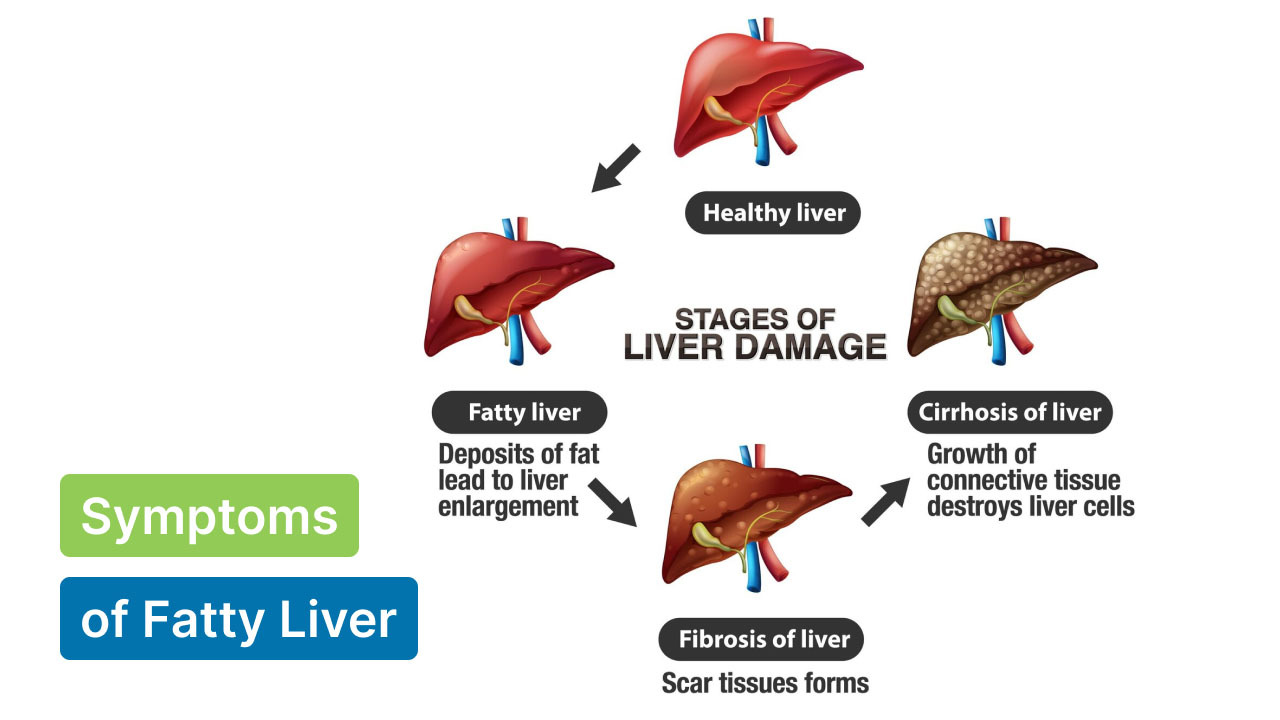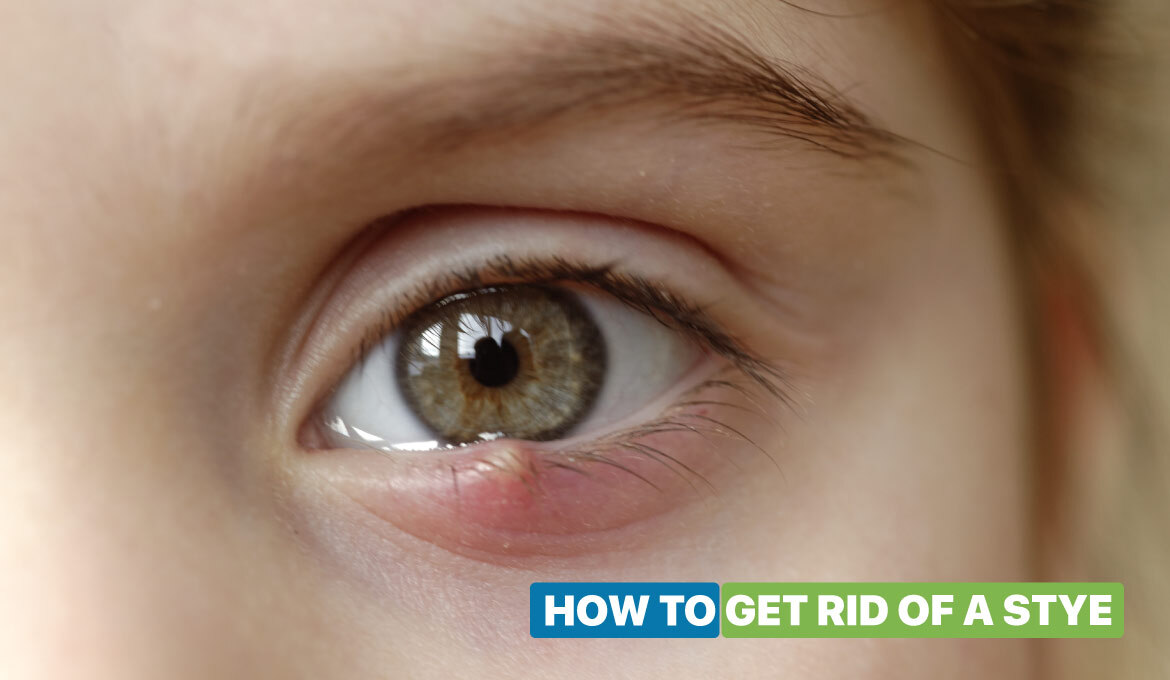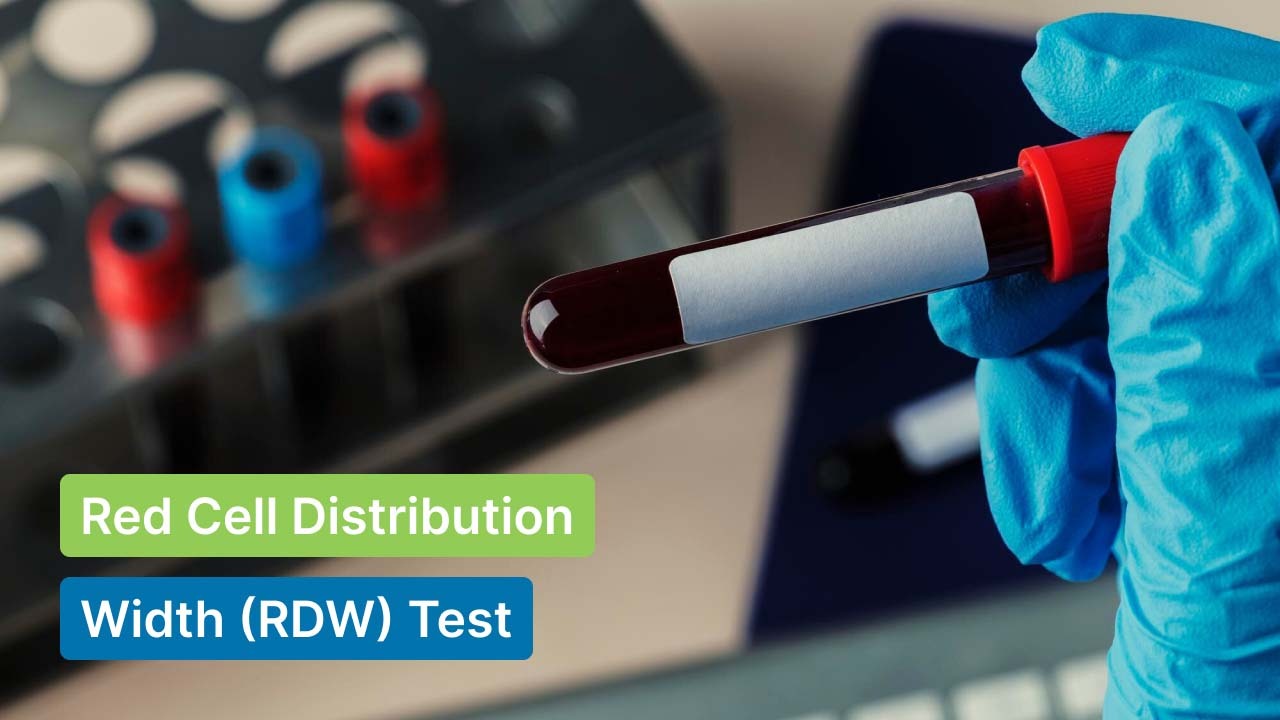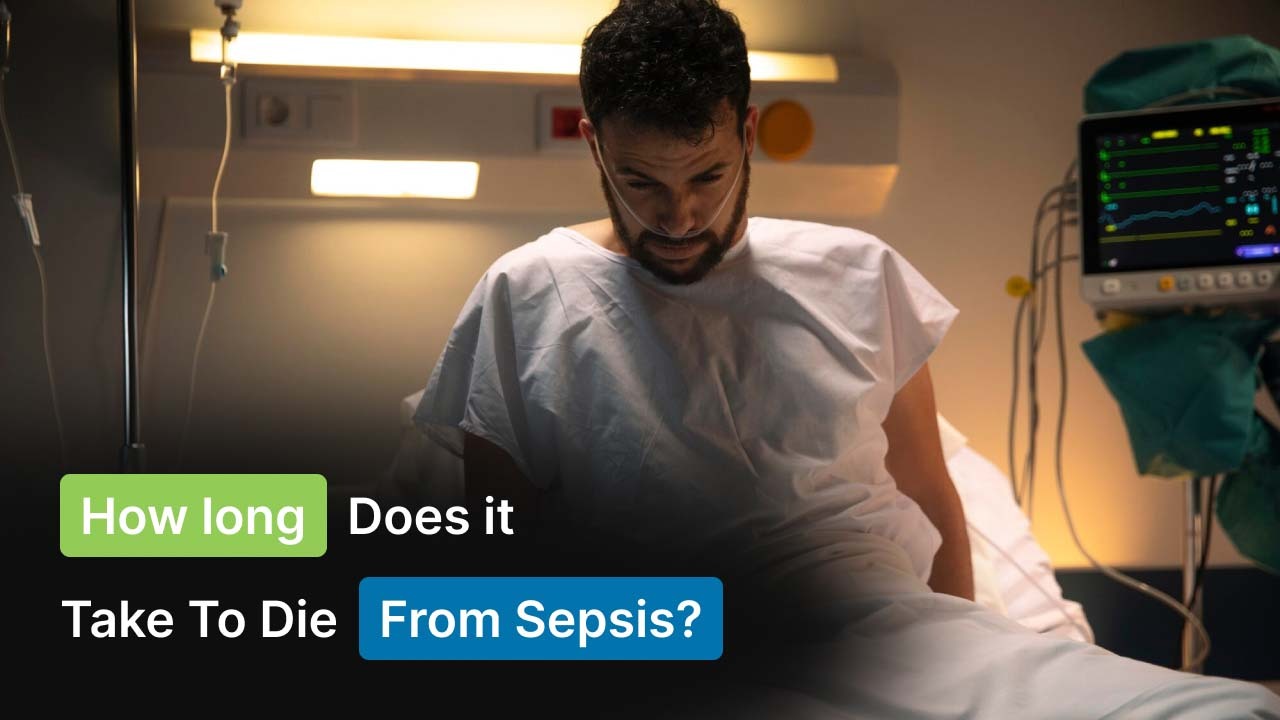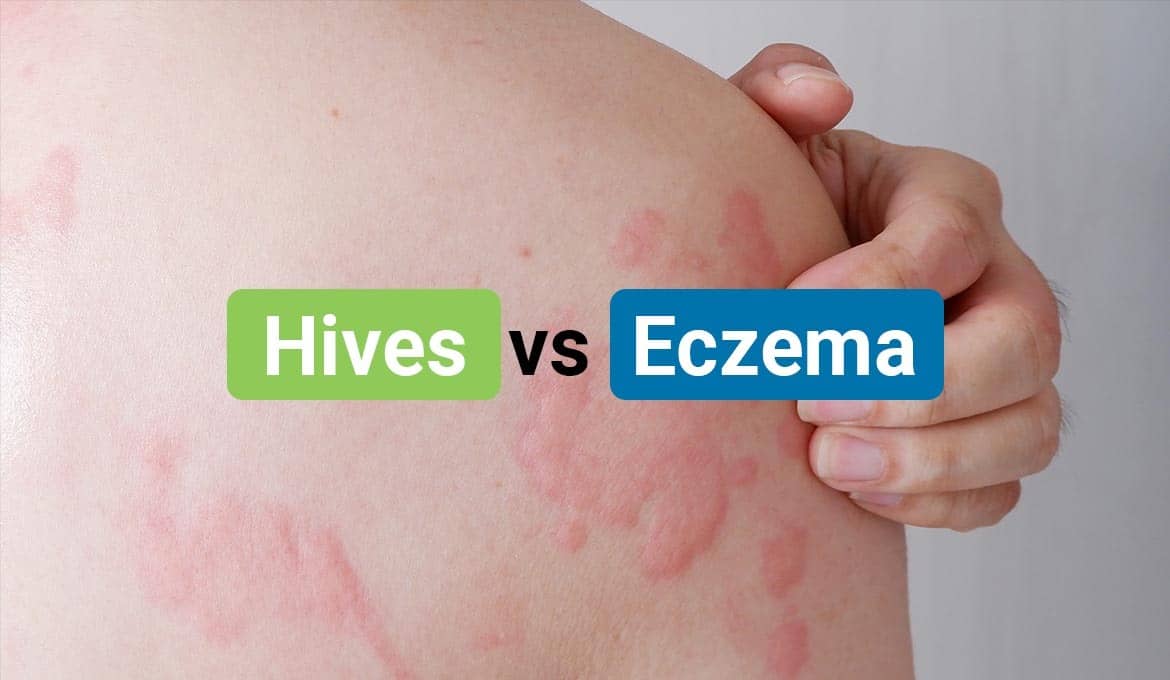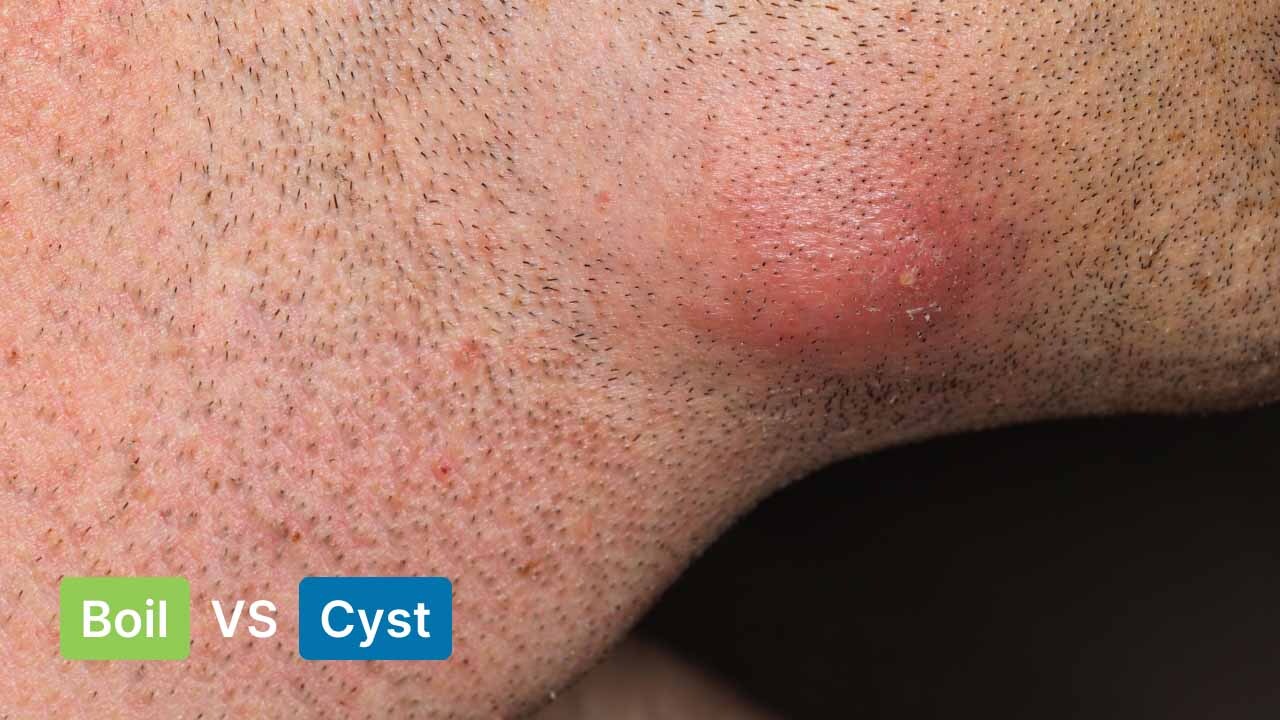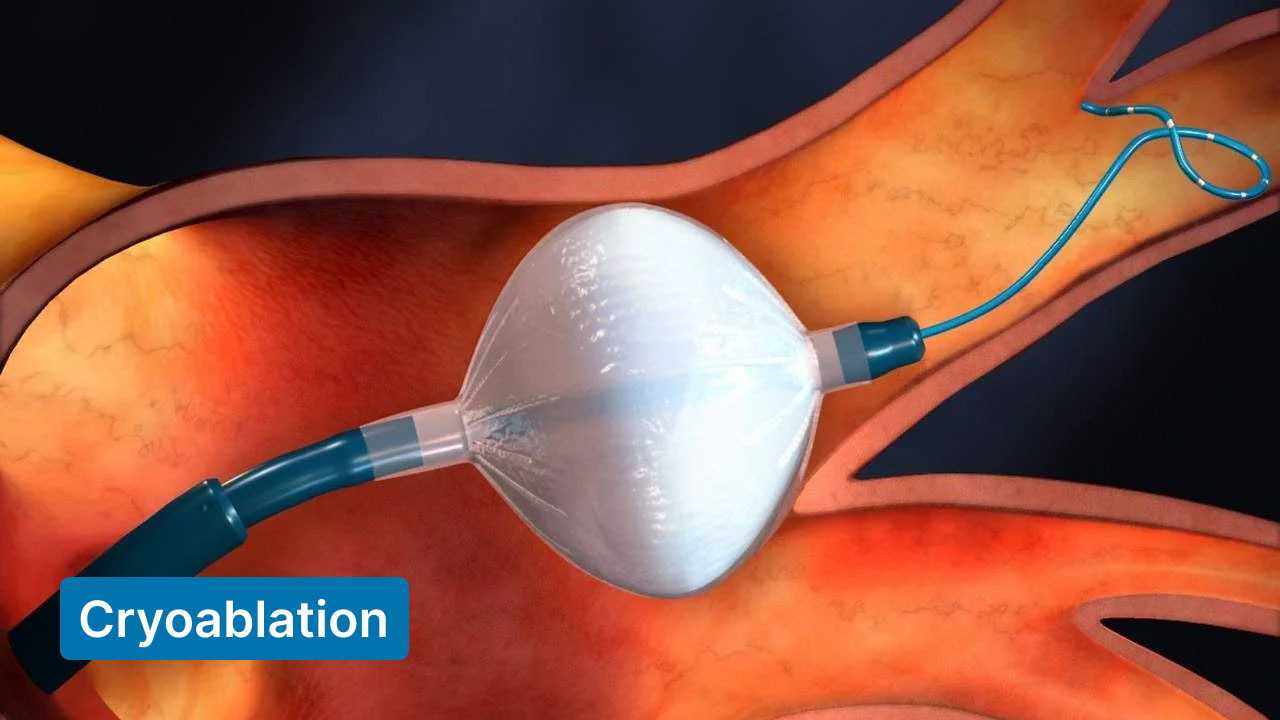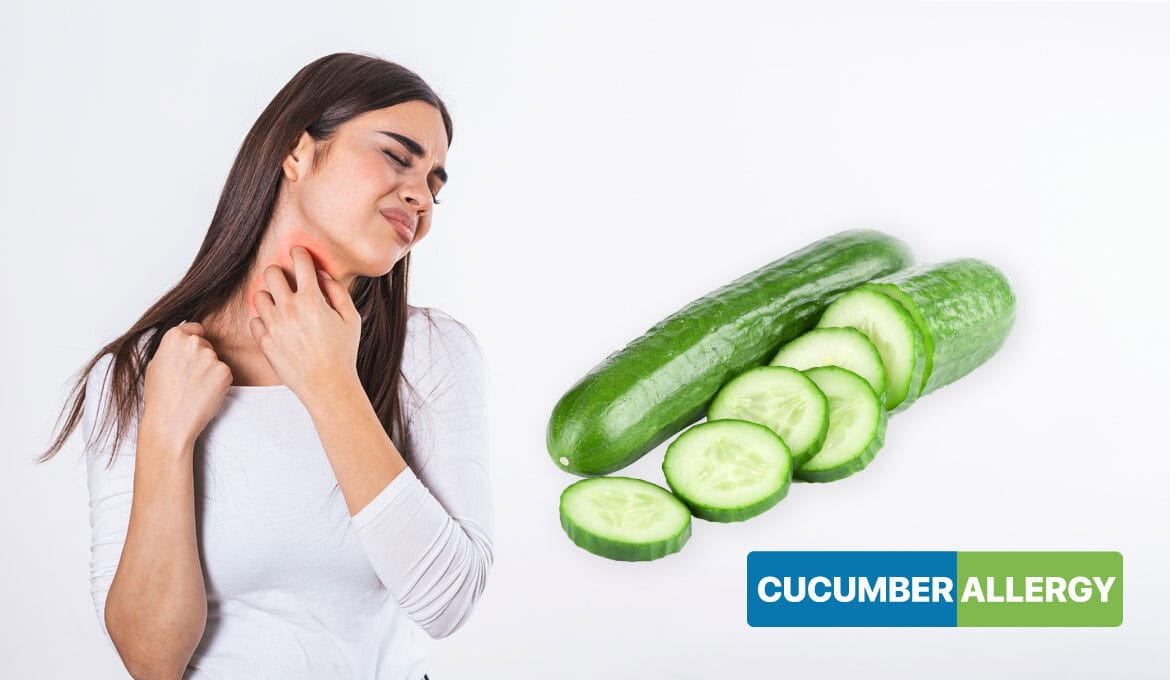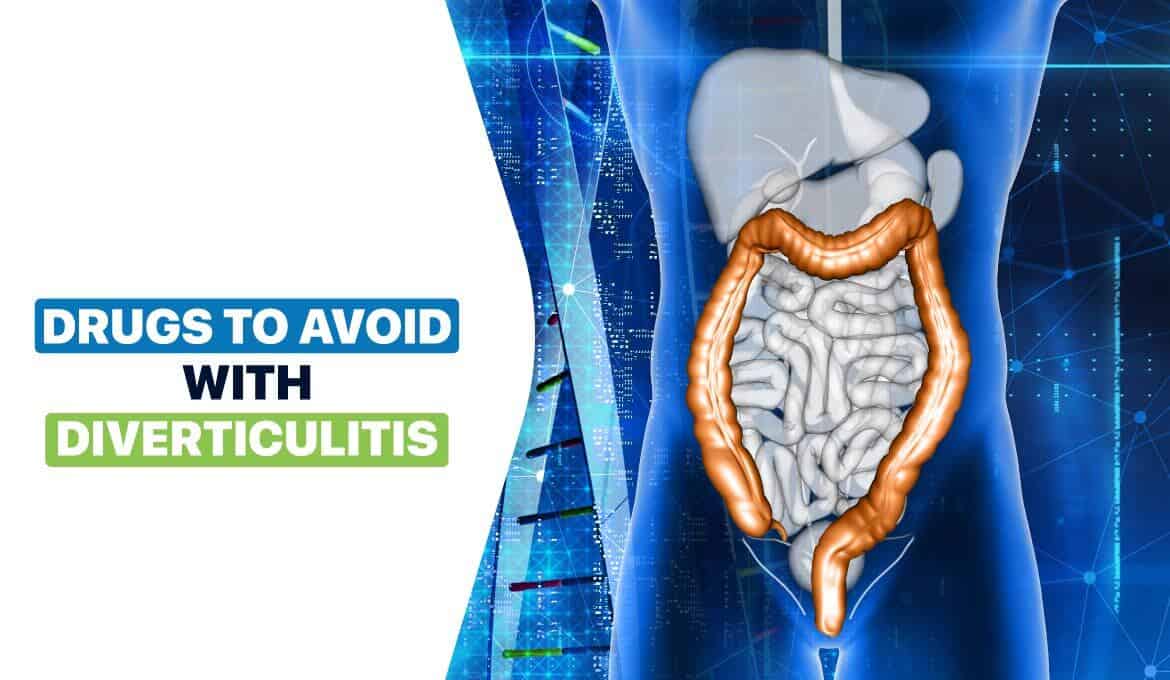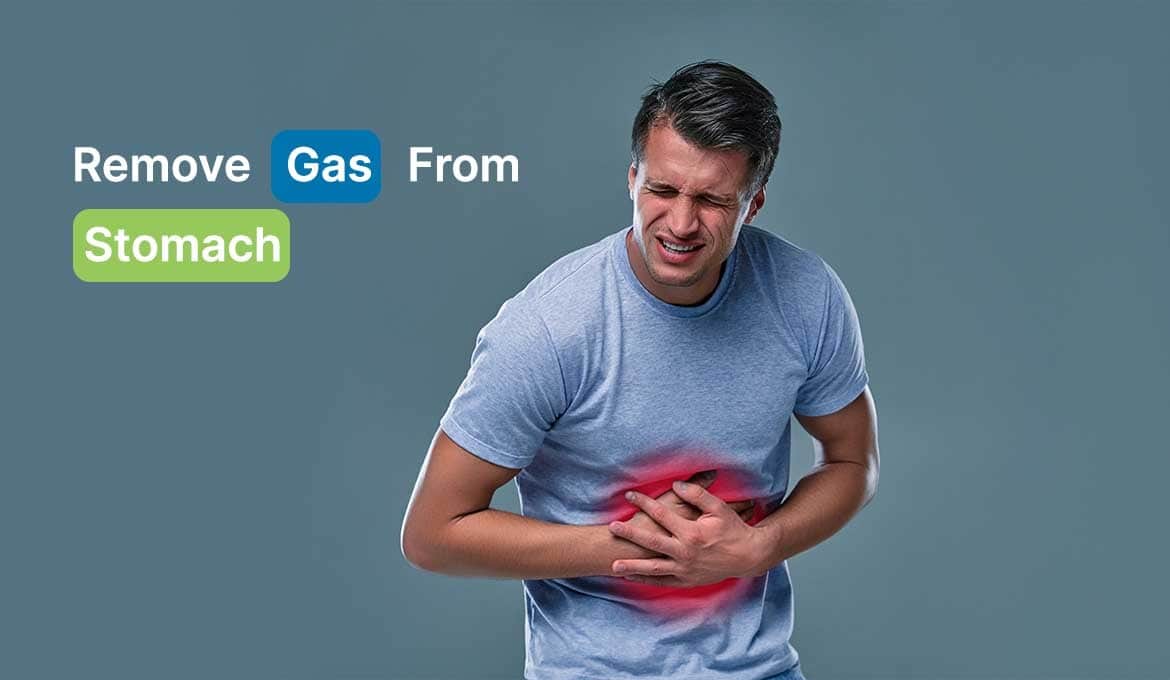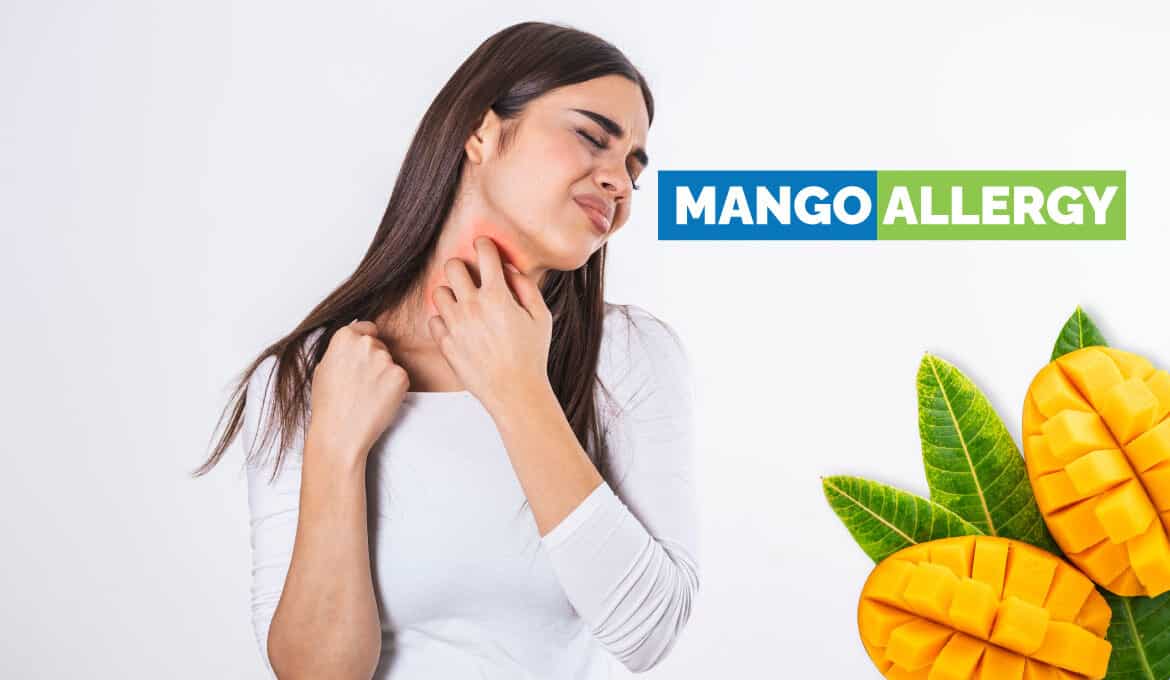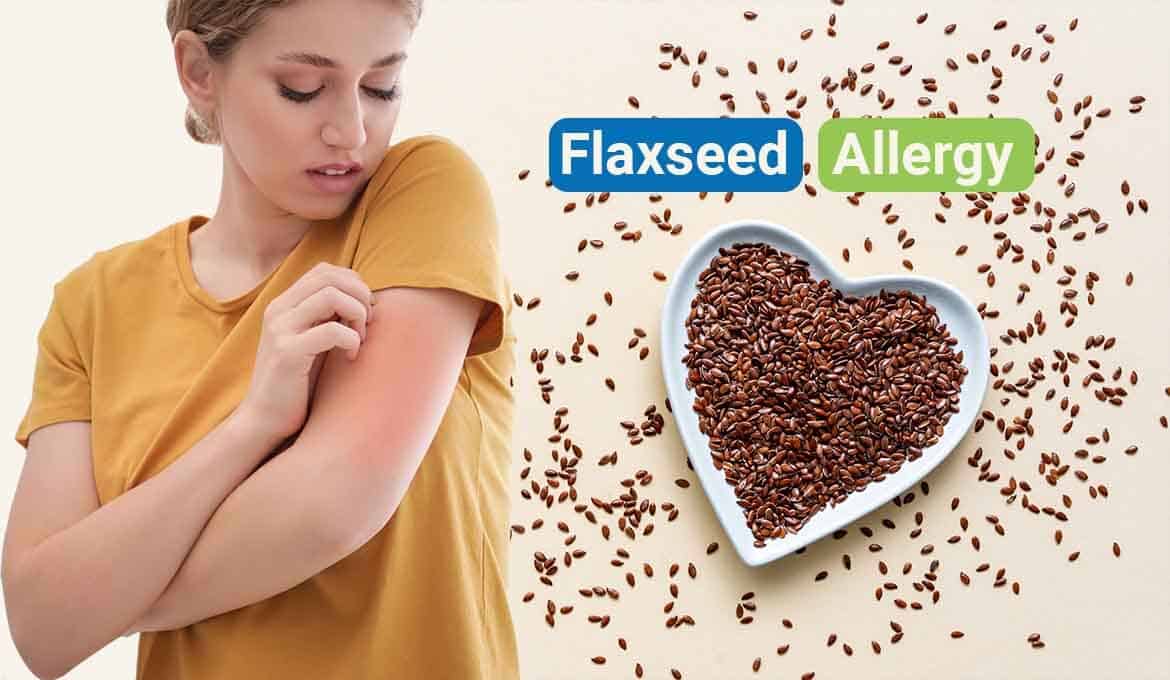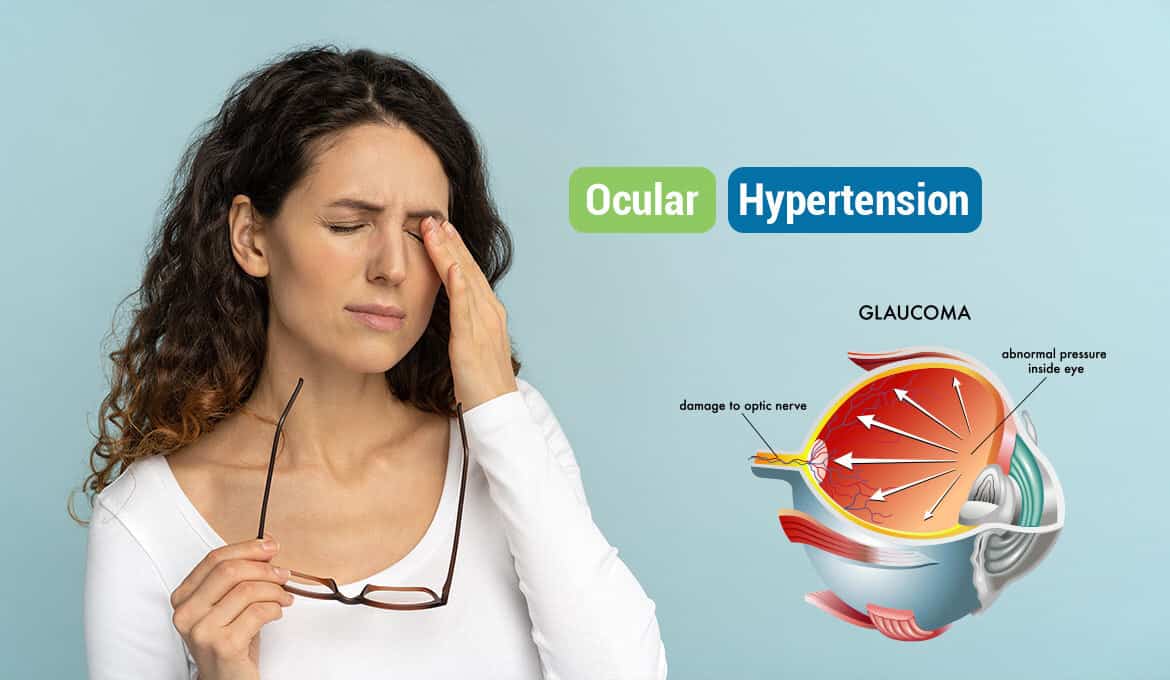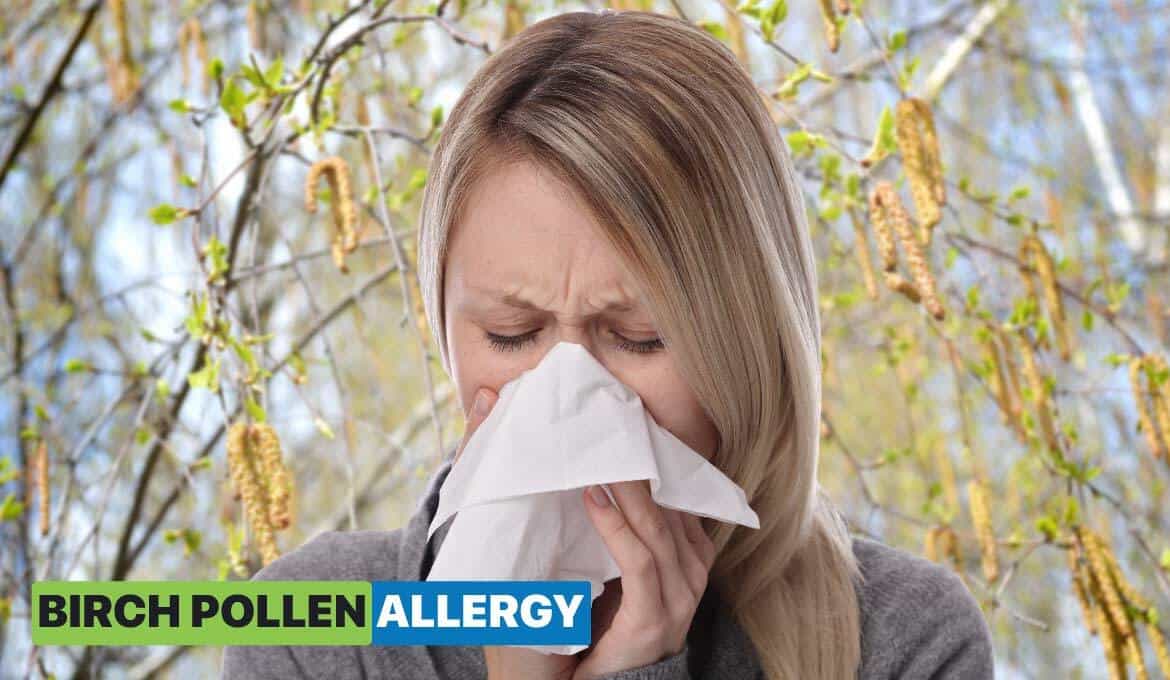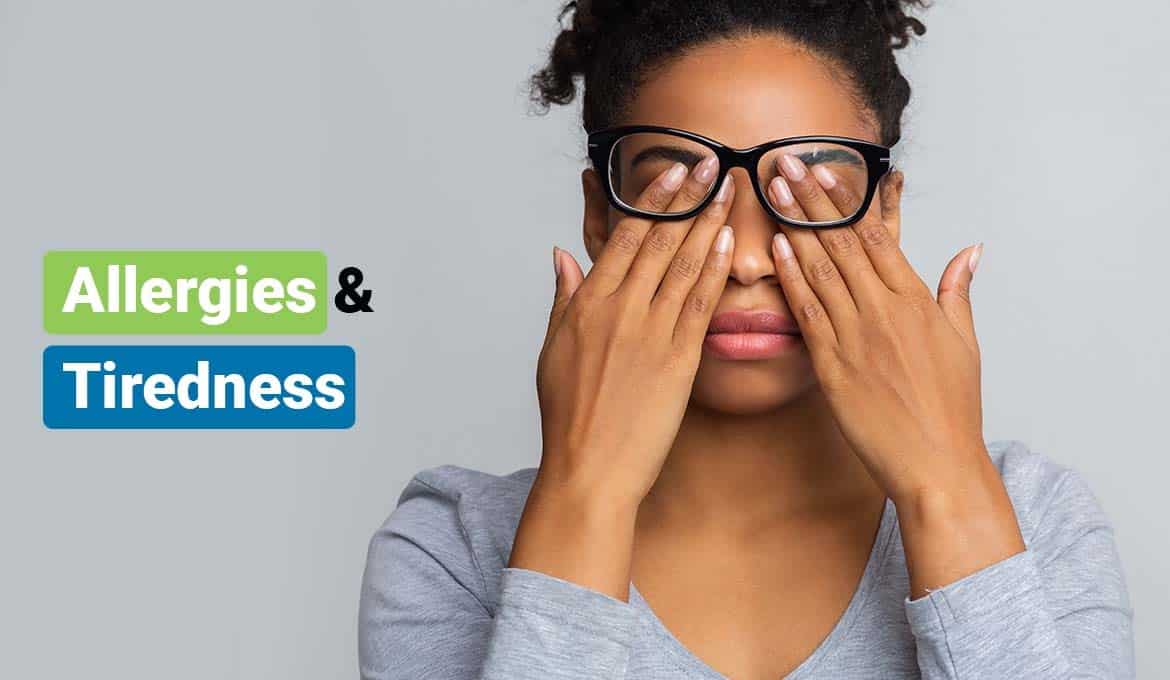
Dealing with skin rashes can be frustrating, especially if they occur on any sensitive part of the body, such as on the inner thighs or near the groin area. There are many causes due to which inner thighs rashes occur, mainly from moisture or warmth generated in that area. The moisture and warmth occur due to restricted airflow, which accumulates sweat, leading to rashes. However, there are other possible causes of inner thigh rashes.
This article will help you understand the leading causes of inner thigh rash and its symptoms, treatments, and various prevention options. Read on!
Causes of Inner Thigh Rash
Inner thigh rash can occur due to various causes. Knowing what causes these rashes is important to treat them correctly. So, let's understand some of the major possible causes:
1. Chafing
Crafting is a common condition that happens in your inner thighs due to the skin rubbing against something such as clothing, especially tight clothes like pantyhose. Another common causes of crafting are running, walking, or exercising, as these activities also create friction in both thighs, causing sweat and heat.
What are the Symptoms of Chafing?
Symptoms of crafting include:
- Redness.
- Bumps.
- Hot skin temperature.
- Itching.
- Stinging.
- Irritation.
- Burning sensation.
- Tenderness.
How to Treat Chafing?
Treatment options include:
- Topical aloe vera.
- Shea butter.
- Petroleum jelly.
- Corticosteroid cream.
2. Atopic Dermatitis (Eczema)
It is a chronic condition due to hypersensitivity reaction and causes inflammation and red and itchy skin rashes, which lead to scaly patches. This is more common in children, but 1-3% of adults also experience this condition, which makes the skin dry, causes pigmentation, and scars on the skin.
What are the Symptoms of Eczema?
Symptoms of Eczema include:
- Bumpy or blisters.
- Lightened or darkened skin.
- Thickened areas of skin.
- Redness.
- Itching.
How to Treat Eczema?
Treatment options include:
- Bath of lukewarm water.
- Moisturize skin regularly.
- Use topical medications.
- Phototherapy.
3. Contact Dermatitis
This allergic reaction is caused by contact with any material or substance on the skin, such as lotion or soap. If one has an allergy to such substances, their skin becomes irritated by applying them, making skin itchy or dry. Contact dermatitis can also be caused by bleach, poison ivy, latex, or detergent.
What are the Symptoms of Contact Dermatitis?
Symptoms of Contact Dermatitis include:
- Redness.
- Hives.
- Irritation.
- Dryness.
- Cracking.
- Blisters.
- Burning.
How to Treat Contact Dermatitis?
Treatment options include:
- Refrigerated 1% hydrocortisone cream.
- Calamine lotion.
- Cool, damp compresses and oatmeal baths.
4. Heat Rash
Heat rash, also called miliaria or prickly heat rash, comes up when the body gets overheated, such as by excessive workout, and due to more sweat, the sweat ducts get locked or inflamed further, leading to rashes and itching. However, it does not cause severe blisters. But if you sweat a lot, there is a chance that you can experience heat rash.
What are the Symptoms of Heat Rash?
Symptoms of Heat Rash include:
- Slight redness.
- Small and inflamed bumps.
- Itchiness.
- Slight swelling.
- Prickling pain.
How to Treat Heat Rash?
Treatment options include:
- Wear light clothes.
- Surround yourself with a cooler area.
- Topical steroids.
- Calamine lotion.
- Try a cool compress.
5. Hidradenitis Suppurativa (Inversa)
It is a chronic skin condition that comes out as acne on the inner thighs, armpits, or groin due to inflammation, obesity, smoking, diabetes, or cell carcinoma. It can resemble pimples, more common in women than men, which can also arise due to hormonal changes, especially at the time of puberty or menopause. If they are not cured, they can leave scars.
What are the Symptoms of Hidradenitis Suppurativa?
Symptoms of Hidradenitis Suppurativa include:
- Pus-filled bumps.
- Large, painful, and oozing pimples.
- Blackhead-like blemishes.
- Chronic drainage.
How to Treat Hidradenitis Suppurativa?
Treatment options include:
- Prescription medications like dapsone, clindamycin, or resorcinol.
- Tumor necrosis factor inhibitors.
- Antibiotics.
- Immunosuppressants.
- Hormone therapy.
- Laser hair removal.
6. Jock Itch (Tinea Cruris)
It is a fungal infection and a type of ringworm caused by warm and damp environments, usually around your inner thighs, and groin. Jock itch is an injection; hence it is contagious and can easily spread to you just by touching an infected person, using and swapping their clothes or personal items, or wearing extra tight outfits. This is more common in men than women and can further lead to itching, burning, and scaly rashes.
What are the Symptoms of Jock Itch?
Symptoms of Jock Itch include:
- Scaliness.
- Ring-shaped rash.
- Tiny bumps.
- Burning sensation.
- Small blisters.
- Itchiness.
How to Treat Jock Itch?
Treatment options include:
- OTC antifungal medications such as tolnaftate, clotrimazole, miconazole, or terbinafine.
- Non-prescription antifungal creams, lotions, or powders.
7. Razor Burn
Razor burns are rashes that occur when you have your inner thighs with unclean blades. It usually results from dry shaving, using a dull razor, and quickly shaving against the direction of hair growth. These razors are more common with acne-sensitive people, leading to irritation, itching, and red rashes on the inner thighs.
What are the Symptoms of Razor Burn?
Symptoms of Razor Burn include:
- Bumpy red rashes with pain.
- Stinging.
- Swelling.
- Tenderness and itchiness.
- Irritation.
How to Treat Razor Burn?
Treatment options include:
- Fresh aloe vera gel.
- Oatmeal baths.
- Hydrocortisone cream.
8. Sexually Transmitted Infections (STIs)
STIs are sexually transmitted infections spread usually through vaginal, oral, or anal intercourse. The infection has two types, HSV-1 and HSV-2, which are usually experienced in women. Around 9 million women in the United States deal with STIs over a year, which can further lead to serious health problems like infertility.
What are the Symptoms of STIs?
Symptoms of Razor Burn include:
- Flat or raised genital warts.
- Blisters and painful open sores.
- Round and firm sore.
How to Treat STIs?
Treatment options include:
- Take updated vaccinations.
- Antiviral medications like acyclovir and valacyclovir.
9. Swimmer's Itch (Cercarial Dermatitis)
Swimmer's itch is a skin rash triggered by an allergic reaction from microscopic parasites found in water such as lakes, oceans, and ponds. While swimming in aquatic environments, these parasites, which infected snails release, strike your skin, causing inflammation. According to the Centers for Disease Control and Prevention (CDC), it is a skin infection caused by the water Schistosoma parasite, leading to red pimples or blisters, which can even cause severe health conditions by moving to the lungs and liver.
What are the Symptoms of Swimmer’s Itch?
Symptoms of Swimmer’s Itch include:
- Red and small blisters or swims like bumps.
- Burning.
- Itching.
- Tingling.
How to Treat a Swimmer's Itch?
Treatment options include:
- Corticosteroid cream.
- Cool compress.
- Bathing in Epsom salts or baking soda.
- Anti-itch lotion or cream.
10. Pityriasis Rosea
This common skin condition usually happens to children and young adults, especially in women, often in spring and fall. According to AOCD, 75 percent of cases of pityriasis rosea typically arise on the neck, arms, thighs, or trunk and are generally called herald patches. The National Health Service (NHS) also claims that these rashes start with a single and large patch and multiply slowly.
What are the Symptoms of Pityriasis Rosea?
Symptoms of Pityriasis Rosea include:
- Large, pink-red patch.
- Tiredness.
- Sore throat.
How to Treat Pityriasis Rosea?
Treatment options include:
- Moisturizers.
- Steroid creams.
- Antihistamines.
Common Symptoms Of Inner Thigh Rash
Inner thigh rash can be accompanied by several symptoms, including:
- Blisters: Blisters are painful fluid bubbles that fill a space between layers of skin.
- Burning Sensations: Burning sensations are a type of pain that makes you feel dull and stabbing pain.
- Itchiness: It is an irritating and uncontrollable sensation that makes you scratch your skin.
- Skin Bumps: Skin bumps are raised areas of the skin which may cause swelling.
- Scaly Patches: It is the loss of the outer layer of the epidermis, making your skin dry and cracking.
Treatments of Inner Thigh Rash
There are several types of inner thigh rash treatment that may include some OTC medications and some home remedies. Some common types of treatments may include:
a) OTC Medications
Inner thigh rash caused by fungal infections such as jock itch or making your skin inflamed can be treated with OTC medications such as antifungal ointments or sprays. Some OTCs are:
- Anti-allergic Drugs: One of the best options to treat inner thigh rashes is using anti-allergic drugs such as Benadryl, which helps to reduce skin bumps or lumps and redness of rashes.
- Steroids: Inner thigh rashes developed from eczema can inflate your skin; you can use corticosteroids. It will help decrease inflammation and skin itchiness. Remember not to use steroids for longer periods.
- Retinoids: These are chemical compounds that contain components of vitamin A. These are available in creams, gels, and sprays to regulate epithelial cell growth and help treat inner thigh rashes.
- Immunosuppressive Drugs: These help treat autoimmune disorders such as psoriasis and other skin conditions. But it also has side effects, such as preventing your immune system from responding to allergens. So, use them under the guidance of your healthcare provider.
- Phototherapy: This light therapy requires disclosure of your infected skin to UV rays to treat various medical conditions, such as slowing down the production of dermal cells responsible for inner thigh rash.
b) Home Remedies
Depending on the type of inner thigh rash, there are many home remedies you can consider to treat them, which may include the options below:
- Keep the Infected Area Dry: It is recommended to keep your infected skin area dry after taking a bath. Also, change your clothes immediately after doing the workout.
- Apple Cider Vinegar: This is an ingredient easily available at home. Mix one spoonful of apple cider with honey and apply it three times a day to treat the inner thigh rash.
- Chamomile Tea: Chamomile tea is used to reduce irritation caused by inner thigh rash and also helps to treat them.
- Olive Oil: Another common home remedy is to use olive oil on the infected area to reduce the redness caused by rashes, which works wonders to relieve you.
- Cold Compress/Lubricants: To treat your inner thigh rashes, it's essential to avoid friction. So, consider using a cold compress or lubricants to reduce irritation and itchiness.
Prevention Methods of Inner Thigh Rash
Once you get an inner thigh rash, they are uncomfortable and irritating. So, to prevent such conditions, you can consider some preventive tips not to face them:
1. Do Not Scratch!
When a rash appears on your inner thigh, near the groin, or anywhere on your body, you may feel the urge to scratch it. But stop! Do not scratch. It can worsen the rash and may lead to the development of more rashes. It will also infect other nearby areas and make your skin red.
2. Do Not Wear Tight Clothes!
Tight clothes may sometimes give you an uncomfortable feeling. So avoid wearing tight clothes such as tight undergarments and tight jeans to prevent inner thigh rash. Allow your skin to breathe!
3. Do Not Forget To Moisturize Your Skin!
After the bath, it is always best to moisturize your skin to keep it hydrated. This also avoids the friction from clothes, hence preventing inner thigh rashes. Use a moisturizer that contains water-repellent, non-staining, and non-greasy ingredients and is free from petroleum jelly, alcohol, preservatives, and other fragrances and harmful chemicals that could irritate the skin.
4. Do Not Share Your Clothes!
Another important thing to remember is to avoid sharing your personal clothes, such as towels, undergarments, or other personal items, with others because rashes are contagious and can quickly happen to you if the other person experiences such rashes.
5. Do Not Smoke!
Smoking is the cause of many skin issues, including psoriasis and rashes. To prevent such skin health conditions, try to avoid smoking slowly, which will also help you restore your body's collagen production.
Conclusion
The rise of inner thigh rash can be uncomfortable and distressing and caused due to many culprits such as eczema, contact dermatitis, chafing, jock itch, razor burn, etc. However, the treatments and prevention tips usually depend on what triggers inner thigh rashes.
So, if you are experiencing such uneasy inner thigh rates, from the article, you know what may be the cause of your rashes and how you can treat and prevent them from further development. However, consult your healthcare provider if the symptoms do not go away. Remember to keep your body hygienic to avoid skin health conditions.
FAQs
1. What are the best medicines for inner thigh rash?
Ans: Some of the best medicines for inner thigh rash include:
- Antibiotics for STDs and other infections.
- Antifungals for jock itch.
- Antihistamines for itching.
- Topical or oral steroids for inflammation.
2. Is Vaseline good for inner thigh rash?
Ans: Yes, Vaseline will act as a lubricant and help you maintain the essential moisture of your skin, which avoids skin friction.
3. How do you treat inner thigh rash naturally?
Ans: To treat inner thigh rashes naturally, you can follow the below tips:
- Cold compress.
- Oatmeal bath.
- Aloe vera gel.
- Coconut oil.
- Tea tree oil.
4. Which OTC cream is best for rashes in private parts?
Ans: OTC creams such as hydrocortisone and syphilis can help soothe the skin and reduce bacterial infection.
Also Read
-
Hives vs. Eczema – Differences, Similarities, Causes, Treatments & More
-
Cucumber Allergy – Symptoms, Causes, Prevention, Treatments & More
-
Flaxseed Allergy, Symptoms, Causes, Prevention, Treatments & More










